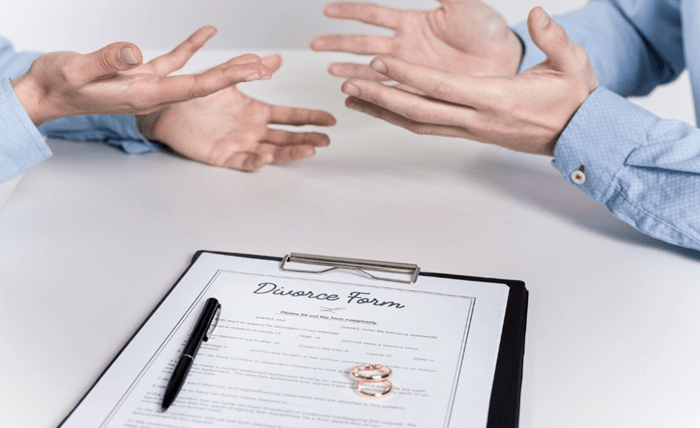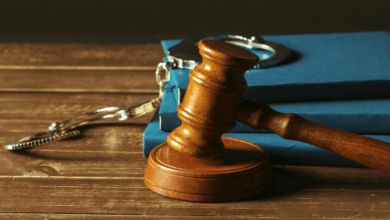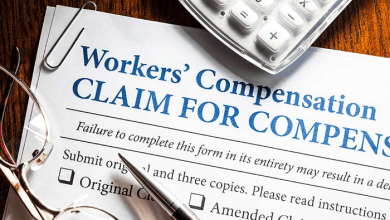
In the realm of personal injury law, few concepts are as critical as negligence. It forms the bedrock of most claims, determining whether a person or entity may be held accountable for someone else’s injury. Understanding negligence means more than simply recognizing a mistake or accident—it involves examining the duty one party owes to another, how that duty was breached, and the resulting consequences. For those navigating the complexities of personal injury cases, understanding how negligence is established and proven can clarify what it means to have a valid legal claim. We will explore the components of negligence, its legal significance, and how it plays a central role in personal injury cases.
How Negligence Shapes the Outcome of Injury Claims
- Defining Negligence in a Legal Context
Negligence is a legal principle that refers to a failure to exercise the level of care that a reasonably prudent person would in similar circumstances. It is not simply making a mistake—it is a breach of duty that results in harm to another individual. In personal injury law, negligence must be established for a plaintiff to recover damages. This means proving that the defendant owed a duty of care, breached that duty, and directly caused the plaintiff’s injury. The concept helps differentiate between unavoidable accidents and preventable incidents due to carelessness or inattention. Brach Eichler Injury Lawyers frequently work with clients to demonstrate these critical elements, helping them pursue accountability and compensation in complex negligence claims.
Whether someone slips in a poorly maintained store or is injured in a car crash, the focus shifts to whether the responsible party failed to act as a reasonable person would have in similar circumstances. The law does not demand perfection, but it does expect people to take reasonable precautions to prevent foreseeable harm. When those precautions are ignored, negligence may be found, which can lead to a legal claim for compensation.
- Establishing Duty of Care
A central aspect of any negligence claim is the existence of a duty of care. This legal obligation requires individuals or entities to act in a way that avoids causing harm to others. Duty of care varies depending on the relationship between the parties involved. For example, a doctor must provide competent medical treatment to patients, while a property owner must maintain safe conditions for visitors. Determining whether a duty exists often involves evaluating social norms, statutory laws, and previous legal precedents.
In personal injury cases, establishing that the defendant owed a duty of care to the plaintiff is often the first legal hurdle. Once this duty is recognized, the next step is to examine whether it was breached. Without this initial recognition of duty, a claim typically cannot proceed. It underscores the idea that individuals in society have a responsibility to act in ways that do not unnecessarily endanger others.
- Recognizing a Breach of Duty
Once a duty of care is confirmed, the next question is whether it was breached. A breach occurs when someone fails to uphold their legal duty in a way that a reasonable person would not. This could involve actions taken or those not taken, such as ignoring a warning sign or failing to maintain equipment. Breaches are judged against the standard of a “reasonable person,” a hypothetical individual who acts sensibly and considers the safety of others.
For example, a store owner who ignores a spilled liquid on the floor, leading to a customer’s fall, may be considered to have breached their duty by not promptly addressing the hazard. Demonstrating a breach often requires gathering evidence, such as surveillance footage, maintenance records, or witness statements. The process is rarely straightforward and often involves interpreting behavior through a legal lens to assess whether it truly deviated from what would be considered reasonable in the situation.
- Proving Causation and Damages
Even when a duty and breach are established, a personal injury claim must also prove causation and resulting damages. Causation refers to the link between the defendant’s breach and the plaintiff’s injury. This is often broken down into two parts: actual cause (also known as “cause in fact”) and proximate cause. Actual cause means the injury would not have occurred “but for” the defendant’s actions. Proximate cause considers whether the harm was a foreseeable result of the breach. For example, if a driver runs a red light and hits another vehicle, it is both foreseeable and directly caused by their failure to stop.
Proving damages involves demonstrating the actual, measurable consequences of the injury, such as medical expenses, lost wages, pain and suffering, or permanent disability. Medical documentation, financial records, and professional assessments are often used to support these claims. Without demonstrating both causation and damages, a negligence case cannot succeed, even if all other elements are present.
Negligence is the cornerstone of most personal injury claims, shaping the legal arguments that determine whether someone should be held accountable for causing harm to another. It encompasses a duty of care, a breach of that duty, a direct causal link to injury, and provable damages. By breaking down these elements, the legal system ensures that personal injury claims are not based solely on misfortune, but on clear, demonstrable failings to act reasonably and responsibly. The role of comparative and contributory negligence further adds nuance, acknowledging shared fault in many incidents. Understanding negligence is not just a legal exercise—it’s a reminder of the responsibilities we all carry in our daily lives to protect one another from avoidable harm.




